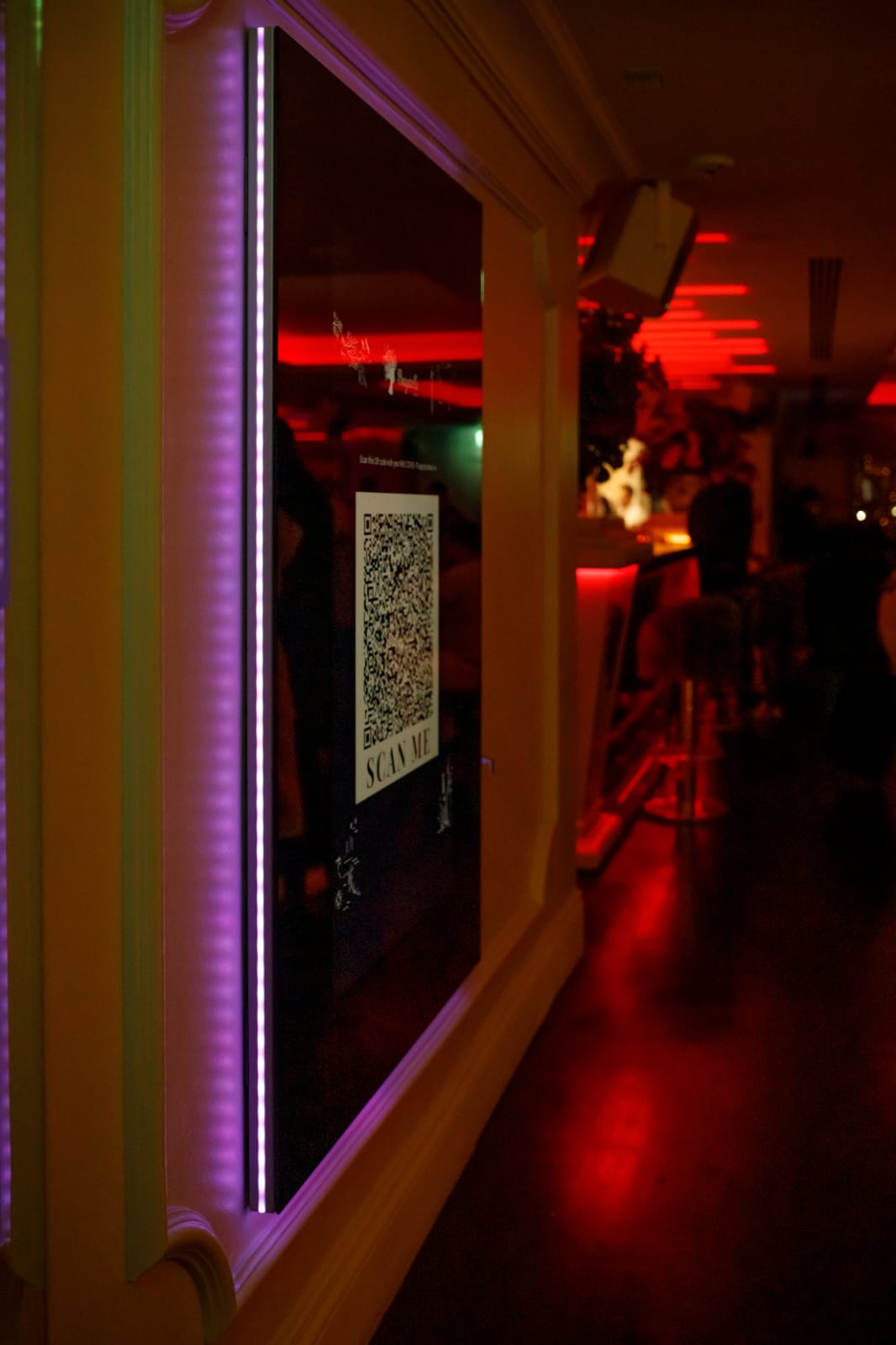Jarábik Barbara: Each marketing strategy has its own advantages and disadvantages, but the key to success is understanding which one will resonate best with your target audience. And whatever approach luxury brand managers take, they must ensure that their products and services remain aspirational. Finally, luxury marketers may focus on the emotional appeal of their brand, emphasizing the feelings of luxury and decadence that it evokes. This can be a very effective way to connect with customers on an emotional level and create loyalty to the brand. It can work particularly well when appealing to luxury travelers.

Create the clubhouse effect: A product isn’t luxurious if everyone has access to it. That’s why every luxury brand has an aura of exclusivity and rarity. I like to call it the clubhouse effect. If you can’t drop $2,000 on a purse, you’re not in the clubhouse. If you don’t own the $125,000 BMW, you’re not in the clubhouse. You get the point. You can create this effect by using rare materials, creating a limited amount of inventory, or only catering towards a very specific target audience. Have you ever seen those Yeezy sneakers everyone is going crazy about right now? They are the perfect example.
Google is one of the most influential channels when it comes to helping luxury shoppers find products, learn more about brands, and make their purchase. As we’ve already alluded to, most luxury brands have pretty poor websites. Unsurprisingly, most of those websites also have extremely bad SEO, making it difficult for their websites to rank well in Google for search terms that would otherwise capture potential customers. Take Prada for instance. When I search for Prada handbags, not only do I not receive a link to Prada’s handbag page (due to their poor keyword targeting, slow site, and poor on-site structure), but the results also look messy and untargeted.
There’s a reason Gucci doesn’t do infomercials for tiger print duffels. That Equinox doesn’t offer a discount for January first’s newly health-obsessed. That anthropomorphic Hamsters break dance in front of Kia Souls instead of Range Rovers. Advertising for luxury brands tends to focus on, well, luxury. The happiness they inspire. The quality. The sheer opulence that becomes a piece of one’s life when he or she buys free-range leave-in conditioner infused with dolphin tears, or an ornate bottle of some top-shelf botanical cordial. Whether you’re storyboarding a TV spot or building out an ad group in Google Ads (the artist formerly known as AdWords), your target audience needs to feel as though your product or service is a physical manifestation of luxury.

While I appreciate the need for stylistic design, luxury brands need to invest in websites that are also intuitive and well desgined from a user experience perspective. Aston Martin and Versace are both great examples of what luxury brands should be doing with their websites. Their websites are visually stunning, while very easy to use, and highly functional. In his book ‘Start With Why’, Simon Sinek explains how great marketing starts by explaining why they exist. Despite this, the majority of brands still market their products by explaining what they do. Take Apple for example. Here’s a paraphrased excerpt of how apple communicate with their customers. Find more information at Jarábik Barbara.
Digital signage mirrors are another way for luxury brands to advertise efficiently : The global digital signage mirrors market was valued at USD 780 million in 2021. The world market is expected to grow steady at a CAGR of 12.21% to reach USD 910 million by 2023. Digital signage mirrors can vastly improve individual efficiency by choosing outfits as per weather updates while also offering bus and train schedules (including traffic updates). Digital signage mirrors in smart homes, planes, commercial spaces, hotels, etc. are designed to be connected to users as well as with different devices around. Energy efficiency is one of the major advantages that will drive the adoption of digital signage mirrors.